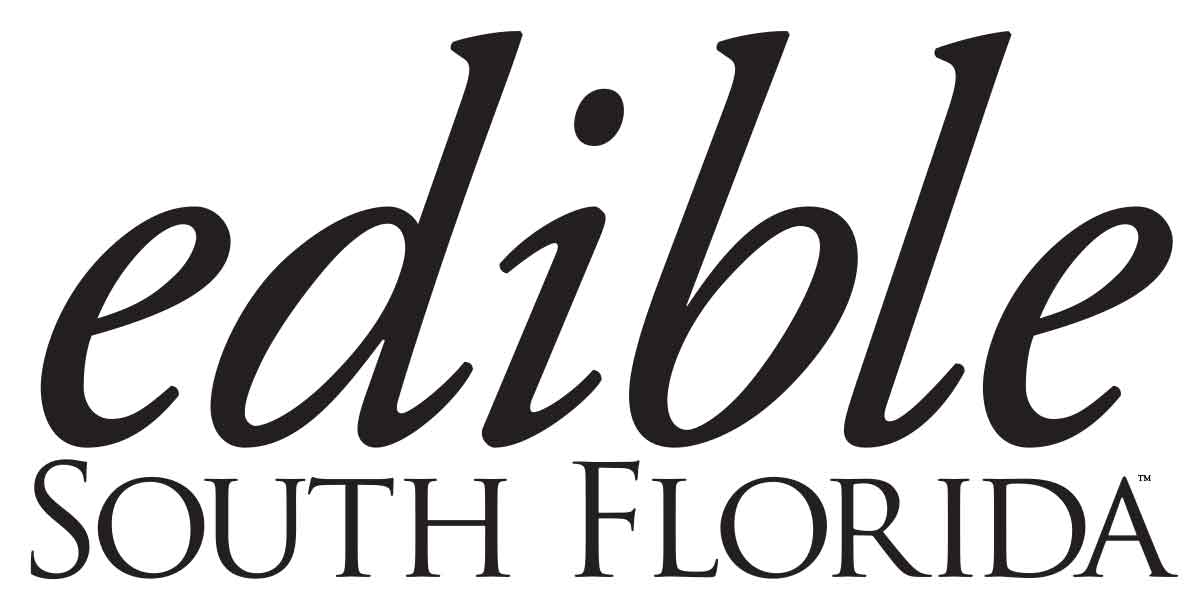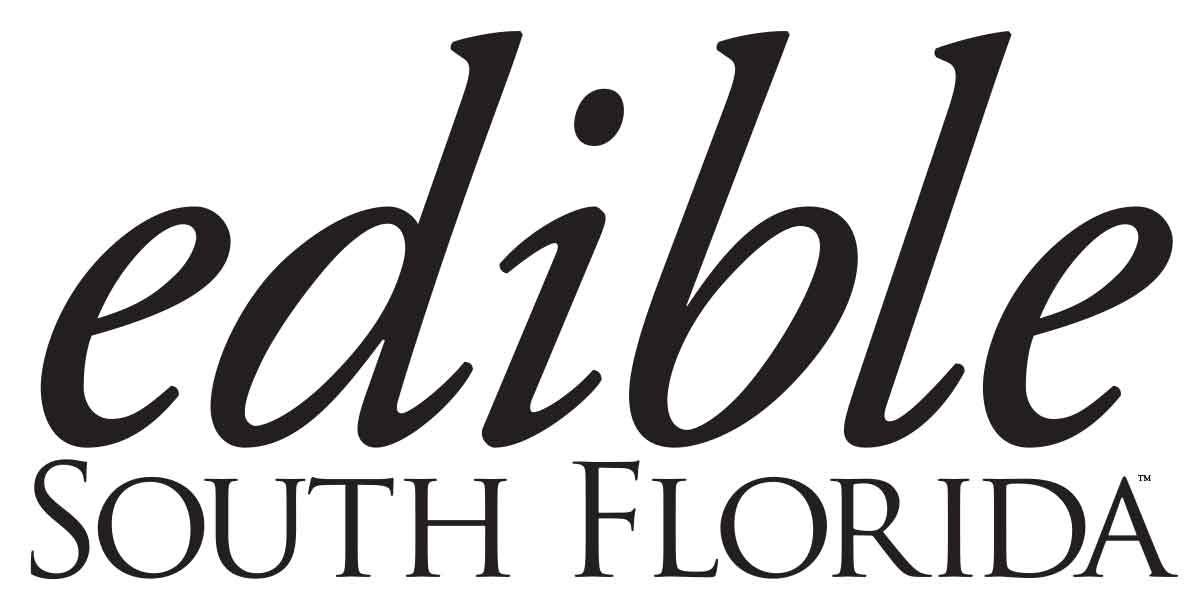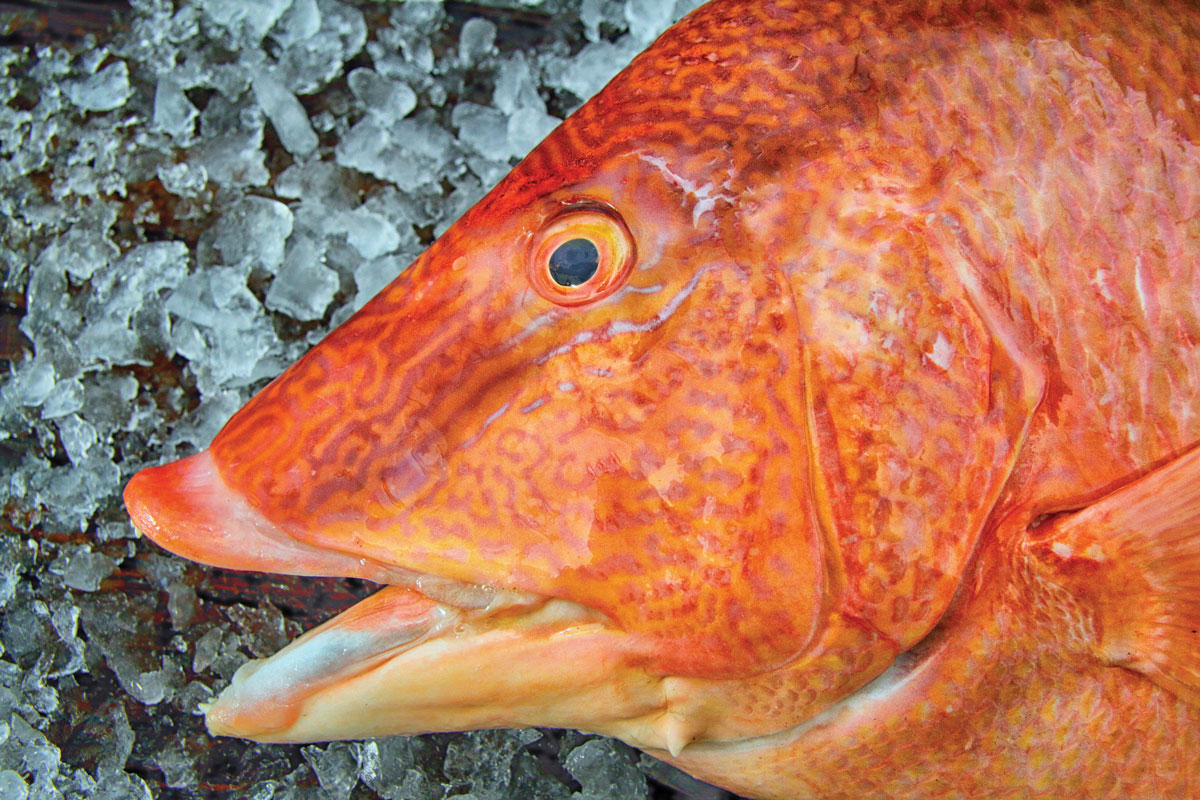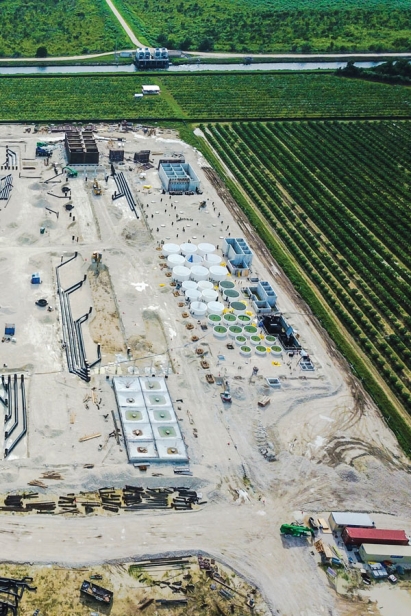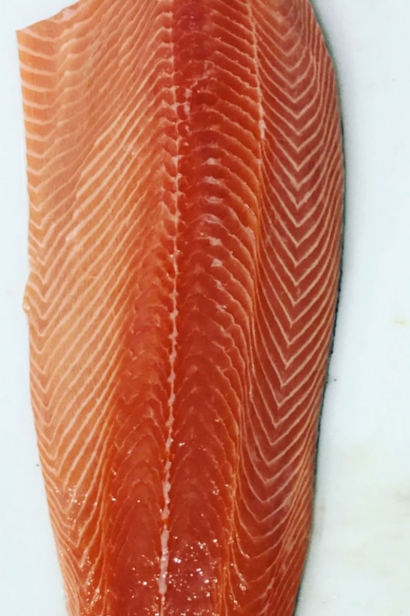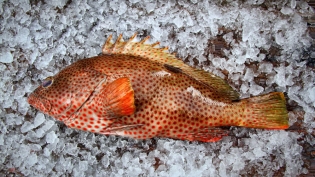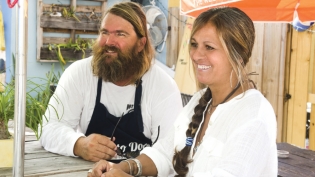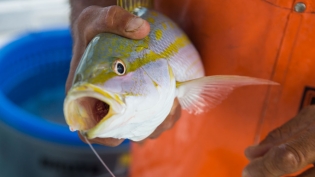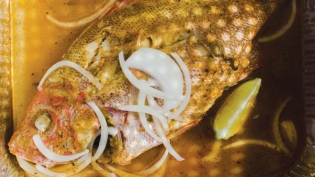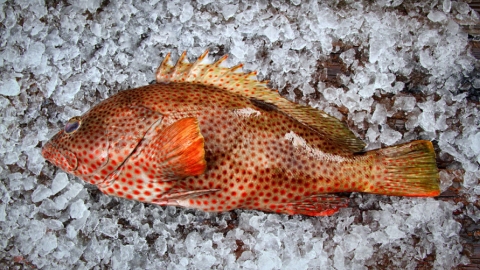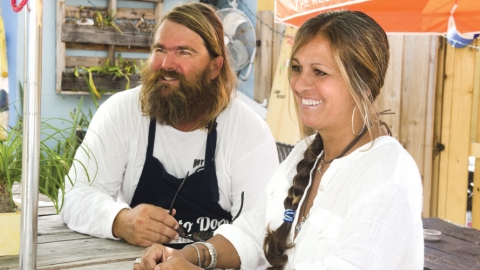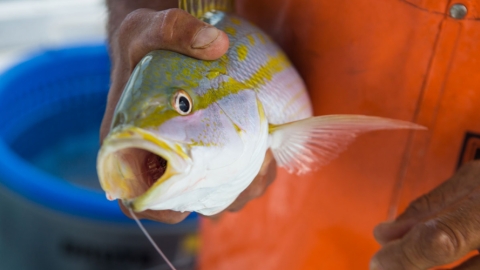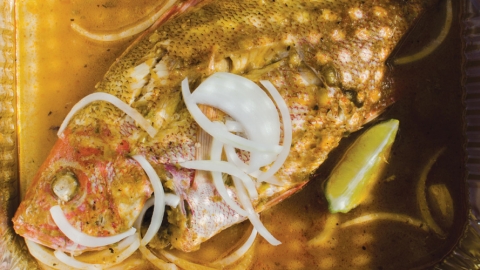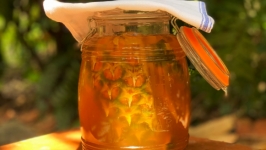Go Fish!!
The Business of Seafood
South Florida’s seafood, aquaculture and fishing industry is big business, with intriguing developments on the horizon.
Commercial fishermen catch a variety of fish, crustaceans and shellfish, including blue crab, clams, grouper, mahi-mahi and other species, says Miami-Dade County agricultural manager Charles LaPradd. How much of this seafood is exported outside of South Florida and how much inventory actually stays here depends on various factors, he says.
“Commercial fishing can take on many aspects,” says LaPradd. “It can involve large operations that export a lot of their inventory outside of South Florida, or it can be smaller operations that sell what they catch locally.”
According to a report conducted by the Florida Department of Agriculture and Consumer Services detailing Florida’s top 10 agricultural exports in 2015, fish, crustaceans and other aquatic species totaled nearly $303 million in exports.
During June, July and August, the main types of fish and crustaceans typically caught and sold in South Florida include king mackerel, oysters, red snapper, yellowtail, shrimp, spiny lobster, tilapia, tilefish and yellowfin tuna. Still, a lot of the seafood eaten in South Florida as well as nationally is imported from other countries because it’s cheaper.
Currently, one-third of seafood caught in the U.S. is sold to other countries, according to the National Oceanic and Atmospheric Administration’s website. But 91 percent of seafood eaten in the U.S. comes from abroad. This same statistic translates to South Florida’s fish, crustacean and shellfish imports and exports on a much smaller scale.
One way to combat the disproportionate amount of exports to imports in South Florida, LaPradd says, is through local fish farms growing and harvesting fish to sell locally.
Fresh from Florida: Salmon
Will this prized fish native to the cold waters of the North Atlantic and Pacific find a home in subtropical South Florida?
One company, Atlantic Sapphire, has focused its efforts on creating in the Redland “the largest, most sustainable, environmentally friendly salmon farm,” according to Damien Claire, head of sales and distribution.
Founded in 2010 by a pair of Norwegian salmon entrepreneurs, Atlantic Sapphire created the Bluehouse in Denmark to produce Atlantic salmon. Because the United States is the largest market for salmon, they sought a location here in order to reduce the huge carbon footprint caused by flying in the fish. Under construction since 2017, the facility should finish the freshwater section of the operation, along with putting its first fish in its hatchery, this November, Claire says.
The salmon farm is expected to be completed near the end of 2019. “The production of locally produced Atlantic Sapphire Bluehouse salmon will uniquely provide local chefs and consumers ultra-fresh, delicious, healthy, sustainable salmon, fresh from Florida,” Claire says.
By raising salmon in the company’s South Florida land-based facility, “we avoid many of the sustainability issues facing the conventional salmon industry, mainly located in Chile, Norway and the North Atlantic,” he says.
Locating the facility here dramatically reduces the carbon footprint of shipping salmon. “Atlantic Sapphire Miami avoids the necessity to transport fresh fish in airplanes over thousands of miles from where the current conventional salmon farms are located,” Claire says. By farming Atlantic Sapphire Bluehouse salmon the way they do, he says, “it means that our fish cannot escape from conventional ocean-based net pens and mix in with wild salmon populations.”
Being in a controlled environment avoids exposure to sea lice and parasites and other wild fish diseases, as well as micro-plastics, allowing the fish to be raised without using pesticides, chemicals or antibiotics. Once the facility is operational, Claire says, “we plan on harvesting approximately 24 million pounds of salmon annually, starting in the summer of 2020.”
Other Farmed Fish in South Florida
Elsewhere in Homestead, Oceanus Seafood is another fish farm looking to contribute to South Florida’s fishing and aquaculture industry. The facility opened in 2011, with the intention of raising tripletail, a high-protein, low-fat ocean fish also known as blackfish, along with other fish species such as pompano. The facility closed down its operations because of electrical issues, but plans to reopen soon.
Another program working to farm and harvest fish such as mahi-mahi, Japanese flounder, blackfin tuna, yellowfin tuna, red snapper, Nassau grouper and hogfish for local consumption is the University of Miami’s aquaculture program and hatchery on Virginia Key. “The program has reached the technological level of easily producing mahi-mahi within the span of three months,” reports the university’s website. But the next phase, the commercial phase, is not quite there yet.
“There are a lot of exciting projects being worked on that will contribute to and impact South Florida’s aquaculture scene,” says LaPradd. “Atlantic Sapphire is under construction, Oceanus is getting things worked out and there are several tilapia fish farms that are also contributing to the industry locally,” he said. “Overall, things are looking pretty promising for South Florida’s fishing industry.”
